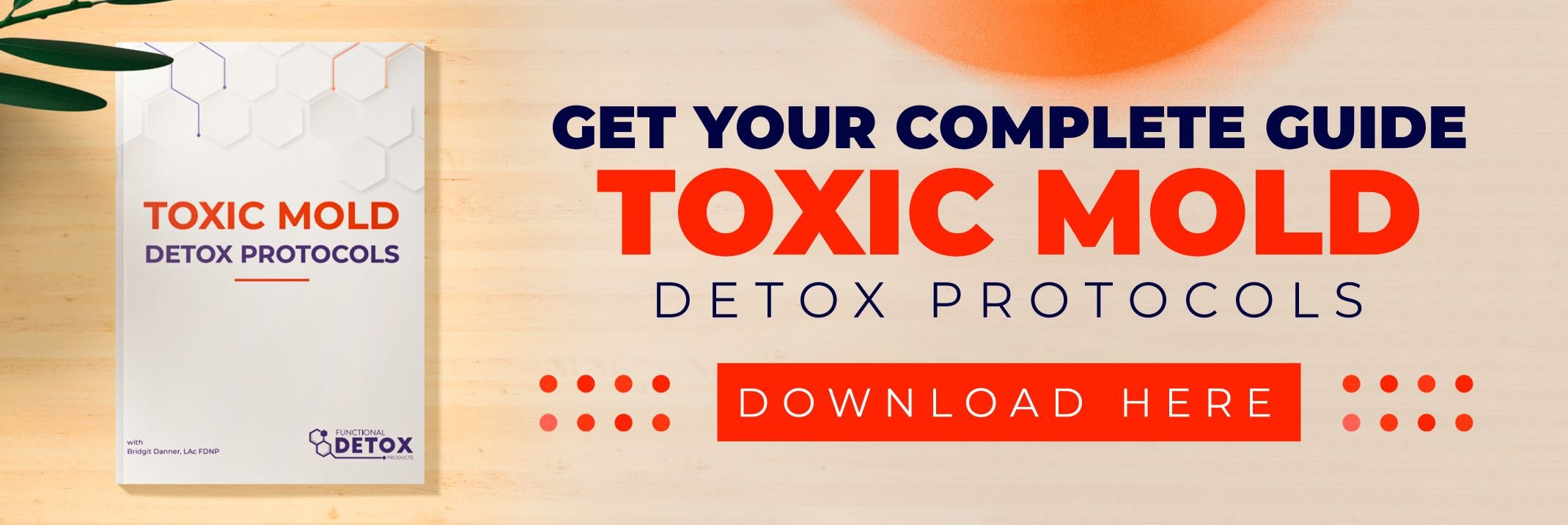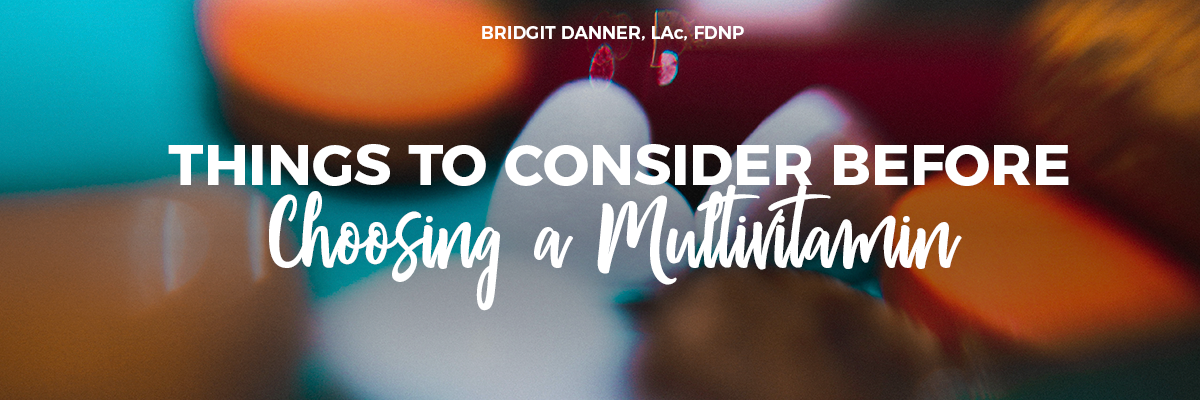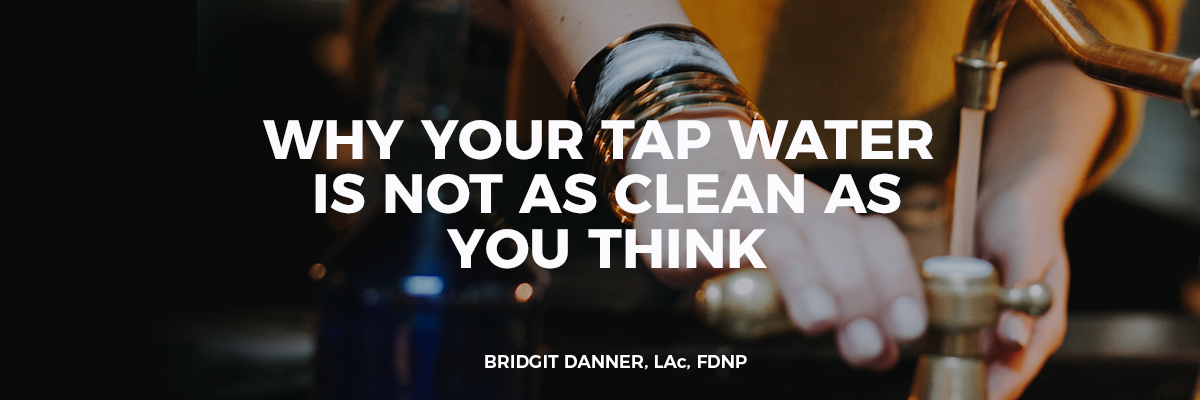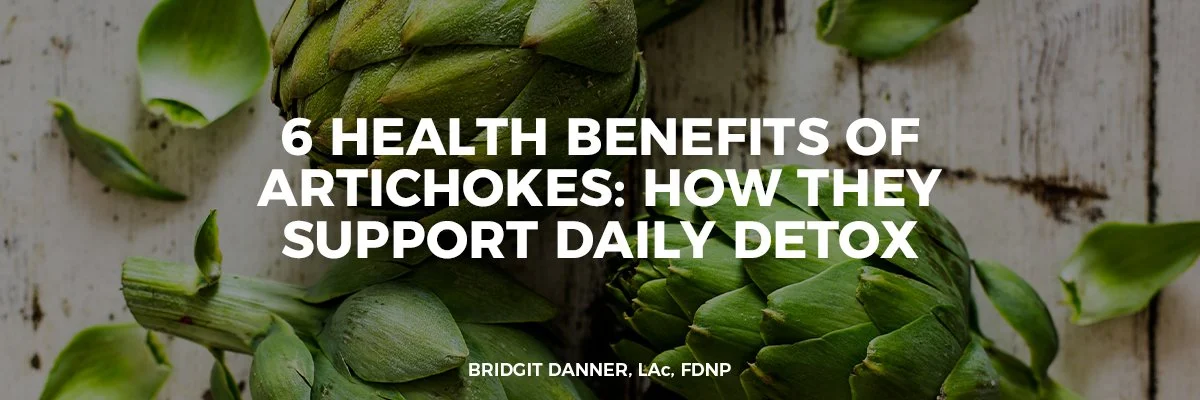How to Use Toxin Binders
How Toxin Binders Can Enhance Your Detox Efforts
Binders are substances that ‘bind’ to toxins to help move them out of the body. Some work by trapping the toxins, others also attract the toxin through a negative charge.
Toxin binders are a great choice when you’re looking for some detox support!
Keep reading to learn about types of toxin binders, how they work, and what you can use the for!
Binders for Mold Toxins
Binders can help remove heavy metals, synthetic chemicals and biotoxin waste, as well as mold toxins. As home and body mold testing only provide a snapshot and are not a perfect science, I wouldn’t get too hung up on matching one binder to one mycotoxins (there are thousands of mycotoxins).
I prefer using binder blends and binder rotation over time to cover your bases.
But it is interesting to learn! Most of the data we have on mycotoxin binding comes from the livestock industry, as contaminated feed can make animals sick or infertile.
Dr. Neil Nathan, MD and colleagues have compiled some of this research and I’ve shared a bit below.
You can learn more in his book, Toxic: Heal Your Body from Mold Toxicity, Lyme Disease, Multiple Chemical Sensitivities and Chronic Environmental Illness.
He shares these preferences for mold toxin treatment:
Ochratoxins: cholestyramine, Welchol and activated charcoal
Aflatoxins: activated charcoal and bentonite clay
Trichothecenes: activated charcoal and possibly chlorella and bentonite clay
Gliotoxins: bentontine clay, Saccharomyces boulardii and N-acetyl cysteine (NAC)
Dosing Binders
When using binders, it important to follow the guidelines and do it correctly. Everyone’s individual responses will vary, as will the binders used, but here are some things to keep in mind:
How much to take: Dr. Nathan explains that you can still be exposed to the toxin even as it is attached to the binder as it is loosely bound to the binder, so sensitive patients may feel worse from taking binders.
He emphasizes to only take as much as you can handle without side effects, even if it’s just a 1/4 capsule every other day.
When to take: Some binders, like one of my favorites, G.I. Detox, should be taken 2 hours apart from food and medication.
If well-tolerated, I will take a full serving of a binder, for example 2 capsules of Mi Toxin Binder, at bedtime.
If you are doing a more intensive detox, you may want to take a dose of binders 2-3 times a day, as directed by your functional health coach.
Types of Toxin Binders
Prescription Binders
There are a couple prescription binders established for off-label use by Dr. Ritchie Shoemaker. Personally, I have not used either. When I proposed using Cholestyramine to my new naturopath, he said flatly that he didn’t think I could handle it This was based on the fact that I reacted severely to some chelating agents he had used with me, and that in general, this is a strong agent that can cause various side effects.
According to Dr. Ritchie Shoemaker, the granddaddy of mold research, Cholestyramine is the strongest binder we have available. He also uses a binder called Welchol, which is only 25% as strong, when patients cannot handle the Cholestyramine.
The Biotoxin Journey blog explains that Dr. Shoemaker tried and tested several natural binders on his clients and found that patients’ inflammatory blood markers and visual acuity tests did not improve. When I read this I was concerned that maybe natural binders don’t do much.
Dr. Shoemaker, to my knowledge, did not publish a formal study on this. It also sounds like he used these binders alone, without complementary therapies. As I mentioned earlier, I think they are more effectively used in combination with other therapies.
My stance on pharmaceuticals is to be open to them if natural options aren’t doing the job. I have used a few pharmaceuticals in the midst of this journey, but I have not used these two binders. If you have and would like to comment below, that would be great. There are many natural options for binders that both work and are well-researched, and we’ll explore these next.
Toxin Binder 1: Activated Charcoal
What it is
Activated charcoal is literally charcoal from wood, peat or coconut shell that is ‘activated’ through heating it in the presence of a gas that creates more internal gaps within the charcoal. These gaps provide an environment to entrap toxins.
How to use it
Activated charcoal can be used as a general toxin binder on an empty stomach first thing in the morning or last thing at night. Remember that toxins can come from our external environment but are also by-products of internal imbalance, for example in cases of leaky gut, food poisoning, and parasitic or bacterial infections. I find charcoal especially helpful if I have gas!
It also can be used for the toxic by-product of drinking alcohol, otherwise known as a hangover. Take the night after drinking and again in the morning too with plenty of water.
It can be used to mitigate a Jarisch–Herxheimer reaction, which is a side effect of using an antibiotic, antimicrobial, chelation or another detox agent. As we mobilize and destroy toxins, the organs of the body may become overwhelmed, and symptoms like a headache, fever, or rash could occur. This is one of the most important uses of binders—to allay these symptoms and prevent the toxins from landing elsewhere in the body.
Precautions
Activated charcoal is affordable and generally considered safe. Note that any binder can bind up medication and nutrients, so take 2 hours away from medication and supplements and 1 hour away from food. I would also not recommend taking it on a long-term basis for this reason, and instead mixing it up with other types of binders over time.
At times I have taken a binder and then later taken a natural sleep aid, and the sleep aids still worked. So I don’t think binders bind things 100%. Just FYI in case you get into the same situation as me!
Toxin Binder 2: Activated Bamboo
What it is
Activated bamboo I just found out about while researching this article but I’m very intrigued! Supposedly the naturally porous structure of bamboo makes it 10 times more effective than activated charcoal.
How to use it
Jennifer Robins, of the blog Predominantly Paleo, says Takesumi Supreme (a brand of activated bamboo) is her favorite binder and she can feel the difference after taking it.
According to the website Lyme Knowledge :
“Research from Japan claims (activated bamboo) emits far infrared rays (thus improving circulation) as well as negative ions, and it shields the body from EMFs (Electromagnetic Fields). It also is a natural source of minerals (macro and trace) and is reported to be alkalizing. Patients suffering from variegate porphyria should avoid the use of Takesumi Supreme.”
Precautions
Activated bamboo is a little more expensive than activated charcoal but, if this information is correct, it may be worth it. Uses and instructions are similar to that of activated charcoal.
Toxin Binder 3: Clay
Your first thought might be, “why would I eat clay? Isn’t that something you’re not supposed to eat?” Similar to charcoal, the clay is going to just pass through you, giving you some beneficial nutrients and absorbing some harmful ones. I think of it as just getting some earth into us, something that happened more often when we lived closer to nature. Clays and other binders are used in veterinary medicine, and wild animals will eat earth when they have stomach upset.
Just to make things complicated, there are actually many types of clay. I’ll cover a few here:
Type 1: Bentonite Clay
This is volcanic ash from Fort Benton area of Wyoming. It binds electrically, and once it’s mixed with water, it has a negative charge. It also gains a spongy texture when mixed with water that can be used to absorb toxins, heavy metals, viruses, and bacteria. It contains vitamins and minerals. You can you use a ¼ cup in a bath to draw out toxins too.
Precautions: Take away from food and supplements. Don’t use a metal spoon to scoop it or put in a metal container. It also can cause constipation, so take it with 8 - 16 oz water as needed.
Type 2: French Green Clay
Also called illite, French green clay is a type of mineral composed of both decomposed plant material and trace minerals such as calcium, aluminum, magnesium, silica, phosphorous, copper, and zinc. It is prized as a facial mask, and a 2007 Arizona State University report found: “French green clay effective in inhibiting Escherichia coli, Salmonella typhimurium, Pseudomonas aeruginosa, Staphylococcus aureus and Mycobacterium marinum, bacterial pathogens that cause serious and sometimes drug-resistant skin infections.” (Source)
Type 3: Oregon Blue Clay
This variety of clay is from the Cascade mountain range. I found out about this clay from a colon hydrotherapist who recommends it to clients. We have been using it in our home for over a year. It is a k-rectorite clay, which is just indicating the mineral composition of the clay.
I have used a brand called Healthy Clay by Mineceuticals and their website shares this: “ongoing research on MineCeuticals™, LLC is being conducted at Arizona State University in conjunction with other Universities research of the base clay’s incredible antibacterial properties and abilities. In several rounds of testing, harmful bacterial strains of pseudomonas, staphylococcus, (MRSA), extended spectrum beta lactamases (E.S.B.L), salmonella, buruli ulcer, and E. coli were added to the minerals used in MineCeuticals™, LLC and cultured for 24 hours. At the end of the 24 hour observation period the bacterial count for all measured zero!” Take two capsules once or twice a day on an empty stomach. Can be used as a binder while using a sauna or ionic foot bath.
Precautions: I have never had an issue with constipation while taking a binder but it is possible, so take with plenty of water and start with a lower dose.
Toxin Binder 4: Chlorella
What it is
Chlorella is a blue-green algae usually sourced in Hawaii or Japan. You’ll see it advertised as having a broken or pulverized cell wall for better absorption. It is a very popular supplement among the Japanese population. According to Dr. Dietrich Klinghardt, chlorella pyrenoidosa is a better binder; Chlorella vulgaris is a better nutritional option. (Source)
How to use it
In addition to this anecdotal evidence above on assisting with mold toxicity, chlorella is often used to mobilize and bind heavy metals, including radioactive metals present after a nuclear accident or radiation therapy.
It does have a nutritive component, providing B vitamins, iron, fatty acids and amino acids. It oxygenates the blood. Folks with toxicity often have thick, sludgy blood from lack of proper detoxification.
Chlorella quadruples itself every 24 hours- that’s some serious growth potential! Its high amount of nucleic acids (that form DNA and RNA) can provide much-needed fuel for our own cellular repair and generation, often hampered in conditions of chronic toxicity.
Precautions
Chlorella can be taken with food, if you are doing a gut detox protocol. But if you are going after metals or other toxins, take away from food.
Always check with your doctor if on blood thinners or if you have an iodine allergy. Taking too much chlorella too quickly could bring on those detox reactions I mentioned above. Start slowly, perhaps with 500 mg twice a day.
Other Binders
I go on to discuss other binders, including zeolite, pectin, silica and fulvic and humic acids, in part 2 of this article here.
My Preferred Binders
It contains zeolite, activated charcoal, silica, apple pectin, and humic/fulvic acid for binding toxins, along with aloe for its gut-soothing properties. The combination of binders in GI Detox covers all your bases, efficiently binding heavy metals, bacterial metabolites, and mycotoxins.
This binder is my own formulation that is designed for the needs of the mold client. It binds a wide range of mycotoxins, moves bile and prevents against constipation. It is similar to GI Detox but with a little more kick!
I would recommend to take it at bedtime, starting with a partial capsule and working up to 2 capsules. It is not recommended for clients with IBS-D (loose stools). It is ok for kids, just add to applesauce or honey at nighttime at a partial capsule dose.
Toxins are one of the biggest threats to our health we face in the modern-day world. By adding toxin binders to your daily routine, you can reduce your body burden of heavy metals, pesticides, mycotoxins, and bacterial toxins, and create a foundation for lifelong optimal health!
Grab Your Free Guide: Toxic Mold Detox Protocols
Toxic mold can devastate your health. And at exactly the time that you need to heal, your brain may work as well as a bowl of oatmeal!
You may be dealing with moving and sorting through your belongings–making lots of big decisions on limited brain power. This eBook is a getting-started guide to protocols you can consider if you are experiencing toxic mold.
Bridgit Danner, LAc, FDNP, is an acupuncturist turned functional health coach and has worked with thousands of clients since 2004.
She is the founder of FunctionalDetoxProducts.com and the author of The Ultimate Guide to Toxic Mold Recovery: Take Back Your Home Health & Life, available in audiobook, Kindle and paperback on Amazon.













I was introduced to CoQ10 as an supplement about 4 years ago. At the time, I was in the middle of detoxing from mold, and I had already spent a lot of money on trying to heal. I was skeptical to try yet another thing, but the truth was that I was only about 50% better, which is not enough at all. So I tried it…